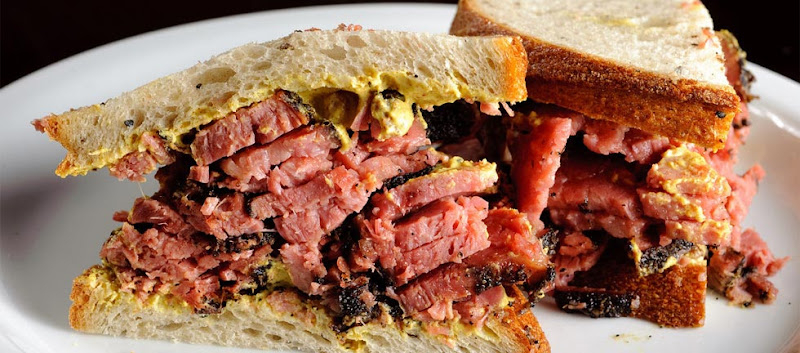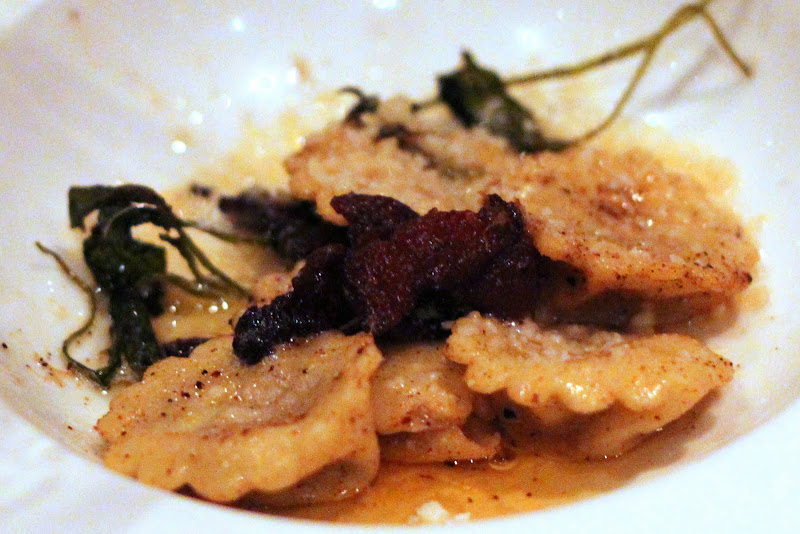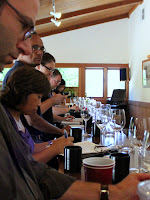Refuge pastrami dances with Bourgueil

The Refuge. Pastrami. Their other food is excellent too, and not being a huge fan of pickled meat, I used to order Philly cheesesteak. Last week, my friends and I made the pilgrimage (for all of 20 min from Palo Alto to San Carlos), and I decided to finally give that famous pastrami a shot. Dude! If you still haven't heard of or been to the Refuge in San Carlos and haven't had their Pastrami sandwich (in a few different variations, like Swiss & mustard or Russian dressing, or sauerkraut, on a few different bread options) - you are majorly missing out! Apologies to vegetarians - that place ain't for you. But for the rest of us - the Refuge is it . They specialize in Belgian beers too, but for a bona-fide wino, you owe it to yourself to bring a bottle of a Loire red - such as Bourgueil (pronounced "boor-geye") - a light-to-mid weight "tobasco-ey", spicy, veggie-laden, metallic tasting, acidic wine made from Cabernet Franc. (I know I know - that sound






